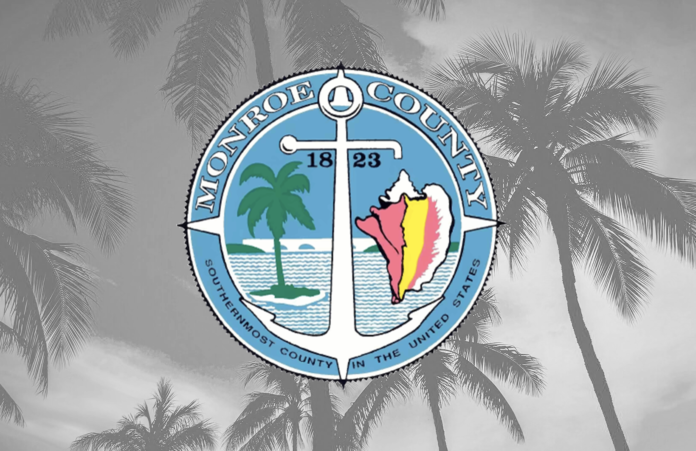Monroe County commissioners gave planning staff the go-ahead to draft code amendments to increase the maximum height of residential buildings up to 42 feet during a June 18 meeting in Key Largo.
County regulations detail these structures currently can reach heights of no more than 35 feet; it’s measured from the pre-construction natural grade or the crown/curb of the road. Exceptions are detailed in the county code, however, for chimneys, steeples, solar equipment and utility poles, to name a few.
Devin Tolpin, county senior director of planning and environmental resources, told commissioners that residential structures can go up to 38 feet with 1 to 3 feet of additional flood elevation. In this case, structures are limited to two habitable floors.
Tolpin also noted that new FEMA flood maps would allow structures to reach 40 feet in height; it’s unclear when the new maps will take effect.
In April, the county commission deliberated and directed staff to come up with potential amendments to maximum height restrictions in Monroe County. Commissioners ultimately said yes to option two presented by Tolpin at the June meeting to allow for a maximum height of residential structures to 42 feet from the crown or curb of the road with no limit to habitable floors.
Tolpin said that county staff are processing an amendment to the county code’s flood section to eliminate a decades-old requirement and restriction to the amount of square footage that can be enclosed for storage under stilted homes. With FEMA’s approval last April, Monroe County is proceeding with eliminating the maximum 299-square-foot limit for enclosed storage space below flood level. Downstairs storage enclosures would have to remain limited to storage, parking or building access and cannot be used as habitable space. Code amendments take eight months to a year to process.
“What that means is elevated structures that are in flood zones will now be able to enclose their entire first floor, which is not habitable space and would then have two additional habitable floors,” she said. “Those structures would be able to go up to 42 feet, whereas a non-elevated home in a X flood zone would be able to go up to 42 feet. But because they’re not going to have that inhabitable floor or that downstairs enclosure, they’re limited to two stories, whereas your structure in a flood zone is going to have the appearance of three stories.”
Jordan Mannix-Lachner, Last Stand’s new executive director, acknowledged to commissioners the nonprofit dedicated to protecting quality of life in the Keys supports the development of affordable housing. She told commissioners Last Stand supports a modified version of option one for a maximum height of 42 feet, but allowing more than two habitable floors for multifamily, deed-restricted affordable housing. For market rate housing, including workforce structures, she said, Last Stand supports maintaining the two-story limit.
“We think it strikes a good balance between retaining community character and facilitating development of affordable housing,” she said.
Commissioners all verbally supported option two. Monroe County’s move to a 42-foot maximum height for residential structures would be comparable to Marathon, which also has a height restriction of 42 feet. Islamorada’s maximum height restriction is 35 feet, while Key West is anywhere from 30 feet up to 40 feet in order to meet or exceed base flood elevation.
“We have been having workshops and discussions on king tides, sea level rise and it just makes sense that as we are facing a future with higher water levels that we increase the height of our buildings so that our homes can be on stilts and still have habitable space that’s usable,” said commissioner Michelle Lincoln.
Another code change would allow structures at the Key West and Marathon airports to be up to 45 feet high.
Changes would need to come back through an ordinance; they require multiple hearings and approvals by commissioners.

























